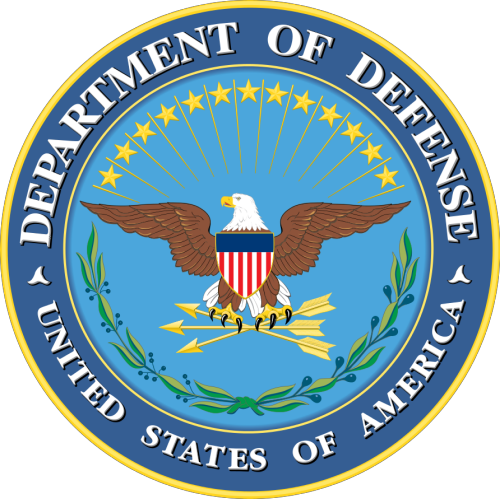Recently proposed legislation would require the Defense Department to review its official framework for categorizing drones – and establish whether terms used reflect up-to-date commercial unmanned aircraft system technologies.
The bill was introduced in the House on Monday by Rep. Don Bacon, R-Neb., and subsequently referred to the chamber’s Armed Services Committee. It might also see a path forward in the National Defense Authorization Act for Fiscal 2022.
“Unmanned systems have revolutionized warfare over the past several decades and we expect these changes to continue accelerating,” Bacon told Nextgov in an email on Tuesday. “This provision seeks to balance the safe regulation of unmanned aircraft with recent advances in technology.”
Text of the 4-page legislation, shared with Nextgov, would require the defense undersecretary for acquisition and sustainment to initiate a process to review DOD’s system for categorizing drones as described in its Joint Publication 3-30, titled Joint Air Operations. That document groups drones into five broad categories—and the intent of the proposed analysis would be to determine whether modifications are needed regarding those groupings.
Bacon is concerned DOD’s UAS group definitions aren’t on pace with commercial advances around elements including propulsion, automation, sensor, and flight control technologies, a press official in his office told Nextgov. The definitions, in some cases, “could place unhelpful and expensive requirements” on military users and potentially slow down the department’s adoption and integration of future-facing drone technologies, they argued.
The bill would direct officials to consider how revising those categories might impact multiple areas, including future capability and employment needs to support evolving military concepts, industry-made systems currently available, the rapid fielding of drones and their integration into the national airspace.
In the process, the undersecretary would be expected to consult the secretary of State, Federal Aviation Administration administrator, chairman of the Joint Chiefs of Staff and each military department secretary. A report would need to be submitted to certain listed Congressional committees by October 1 that details the results of the review, any revisions planned, a prepared implementation plan for them and the costs and benefits of making any changes.
Bacon doesn’t seek to specify what the UAS group definitions should be, the press official noted, “rather he wants to ensure that DOD has carefully reviewed the current definitions and the impacts of its regulatory policies to ensure they best serve our defense requirements.”
The bill put forward in the House this week, according to the press official, is the final result of negotiations for the NDAA version the House passed last week, which their team “expects the Senate to pass and send to the president’s desk for signature in a few days.”
“Our adversaries are not standing still, and I want to make it easier for the U.S. military to quickly take full advantage of new technologies without unnecessary effort and expense,” Bacon said.
Source: Nextgov

